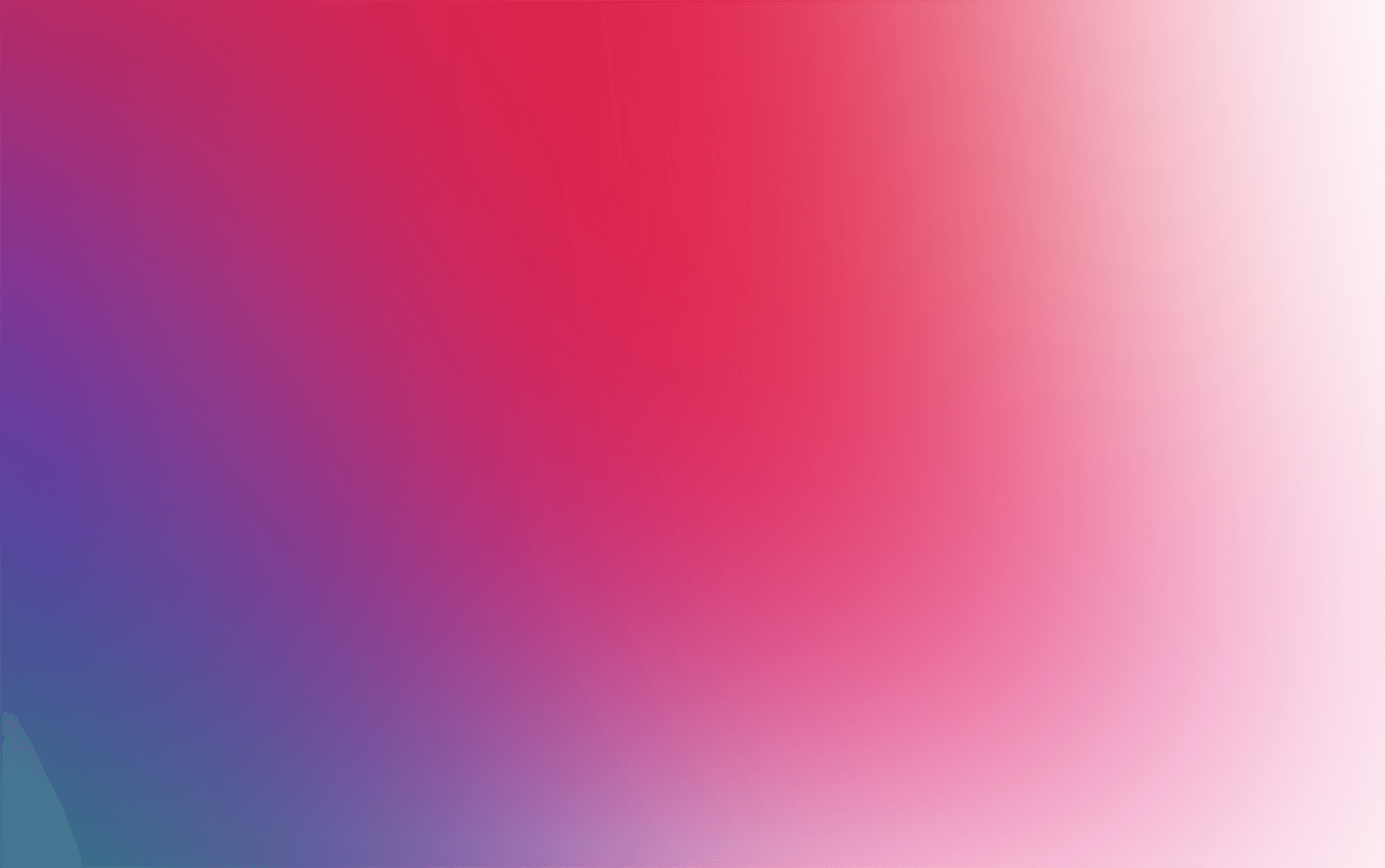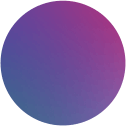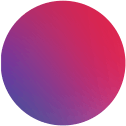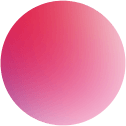

Each year Dutch Design Week (DDW) takes place in Eindhoven, the Netherlands. It is the biggest design event in Northern Europe presenting the work and ideas of more than 2.500 designers to more than 295.000 visitors from home and abroad.
DDW differs from other design events, because it focuses on the designs of the future. The emphasis is on experimentation, innovation and crossovers. Special attention is paid to the work and development of young talent each year.
Alga’s Bar by the Dutch collective Cateringa & Kopmanen is an interactive installation linking visitors to the lifecycle of algae.

Humanity is on the eve of a true virtual reality breakthrough. Why shouldn’t poultry be, too?

SAM, short for Symbiotic Autonomous Machine, is a project from designers Marie Caye and Arvid Jense. At SAM you can order a soft drink, and pay by card. The installation even has its own bank account.
Soda

Studio Leolinnea from London, England is all about speculative & critical design. Their ‘Pink Chicken Project’ is designed - with a serious wink - to show just how much influence humans have on nature.

Mela is a project by Maria Apud-Bell. The British designer is investigating how many scientific health monitors people are literally willing to swallow.
Chocolates


Frank Lindner Xiao-Er Kong
At the Dutch Design Week 2017 we saw a number of expositions centered around food and food production. We saw the future of food through the eyes of the designers and artists of tomorrow.



food & farming

Frank Lindner Xiao-Er Kong







Each year Dutch Design Week (DDW) takes place in Eindhoven, the Netherlands. It is the biggest design event in Northern Europe presenting the work and ideas of more than 2.500 designers to more than 295.000 visitors from home and abroad.
DDW differs from other design events, because it focuses on the designs of the future. The emphasis is on experimentation, innovation and crossovers. Special attention is paid to the work and development of young talent each year.


Alga’s Bar by the Dutch collective Cateringa & Kopmanen is an interactive installation linking visitors to the lifecycle of algae.
Ode to algae
The bar is an attempt at disrupting the food chain and a tribute to algae. A kaleidoscope of different algae samples surrounds visitors at Alga’s Bar. They then donate time and breath to the algae through a mouthpiece connected to a tube.
Feed and be fed
Breath is a source of heat and carbon dioxide, both of which are precious nutrients for growing algae. The algae produce oxygen in return, and also serve as a rich source of protein, vitamins, and minerals. When visitors at Alga’s Bar have provided enough food for the algae, the algae feed them in turn. This takes the form of an algae-smoothie or a little algae-shot.

Humanity is on the eve of a true virtual reality breakthrough. Why shouldn’t poultry be, too?
Robots out to pasture
The ‘Robotanica’ exposition showcased projects that asked visitors of the Dutch Design Week a central question: Can we integrate artificial robots into the organic existence of animals and insects?
Oculus Rift for chickens
American Austin Steward and his project ‘Second Livestock’ thinks he has the answer to the question above: Of course. He designed a custom Oculus Rift VR-headset for barn chickens. The funnel shaped Virtual Free Range™ allows chickens that never see the sun to enjoy projected images of fields, forests, and the free range life.
SAM, short for Symbiotic Autonomous Machine, is a project from designer Marie Caye. At SAM you can order a soft drink, and pay by card. The installation even has its own bank account.
You pay, the machine decides
SAM autonomously decides what to serve you. This is Marie Caye’s way of experimenting with both machine autonomy, and breaking a lance for the rights of autonomous technology.
Non-profit
SAM is both artificial and organic. The machine intelligently controls recipes, prices, maintenance, service, and labor. Human intervention only happens as a last resort. Concepts like profit and greed are foreign to SAM. The machines sells at cost, pays back what it owes, and manages its own bills through online banking.
Soda

Studio Leolinnea from London, England is all about speculative & critical design. Their ‘Pink Chicken Project’ is designed - with a serious wink - to show just how much influence humans have on nature.
Pink chicken bones
Chickens are the most common bird on earth. Each year we kill over 60 billion of them for food. No wonder then, that their bones leave their mark on the earth’s surface. Studio Leolinnea genetically modifies chickens to turn their bones and feathers pink. This way, when these remains are fossilized, the Anthropocene bedrock gets a hint of pink color in it.
Survey says Instagram
The project isn’t just about turning future geological surveys into Instagram stories. The Pink Chicken Project is also a call to action by drawing attention to the fundamental imbalance between man and nature.


Mela is a project by Maria Apud-Bell. The British designer is investigating how many scientific health monitors people are literally willing to swallow.
Bacterial Chocolate
Research into the microbes residing in our gut has become increasingly important, because a good balance of gut bacteria has a measurable positive impact on our overall health. It’s not unlikely that someday soon we’ll be able to accurately predict health conditions, enjoy a completely personalized diet, and fine-tune our ideal microbial balance. Mela infuses chocolate with a bacterial cocktail aimed at shoring up imbalances. One type of chocolate helps against stress, another combats fatigue, while a third takes on insomnia.
Knowing is half the battle
A disposable electronic pill, called ‘Gutbot’, measures the amount of microbes in the body. Based on Gutbots data, which users can collect through an app, Mela provides its users with a personalized box of chocolates every month.
Chocolates
At the Dutch Design Week 2017 we saw a number of expositions centered around food and food production. We saw the future of food through the eyes of the designers and artists of tomorrow.



food & farming















